210 cc engine
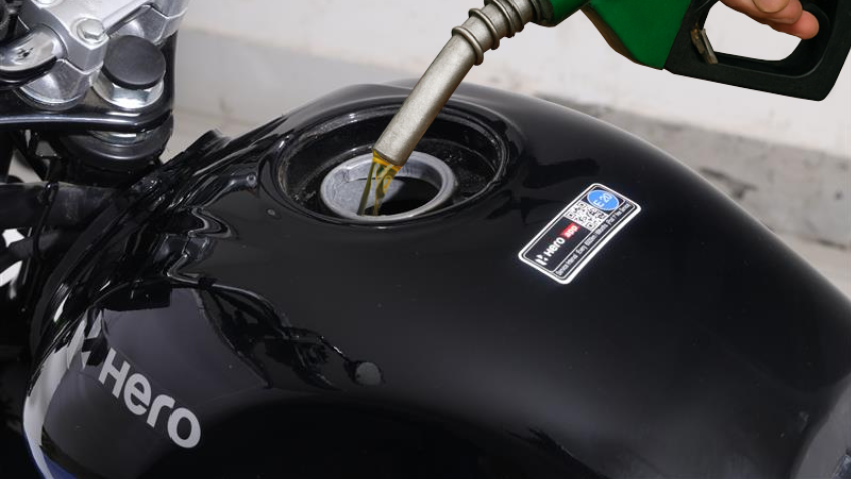
KNOW ABOUT ETHANOL BLENDING (E20 Fuel)
E20 fuel is a mix of 20% ethanol and 80% gasoline. Ethanol is a renewable biofuel usually made from plants like corn, sugarcane, molasses, wheat, waste grains, rice stubble and rice husks. Ethanol is one of the principal biofuels which will not only help India strengthen its energy security but will help the environment by supporting renewable energy, cutting down on carbon footprint, and reduced dependencies on fossil fuels. This move to biofuels also brings significant benefits to India's farming community by boosting agricultural demand and promoting rural development.
MoRTH notified GSR 156(E) on 8th March, 2021 for adoption of E20 fuel as automotive fuel and issued mass emission standards for it. BS-VI emission norms, in effect since 1st April, 2020, are applicable to E20 vehicles. MoRTH has also notified safety standards for ethanol blended fuels vide GSR 343(E) dated 25th May, 2021 on the basis of Automotive Industry Standard (AIS 171). This standard is applicable for flex fuel vehicles which can run on E20 and Ethanol higher than E20. Ethanol blended fuels such as E10 or E20 have BIS (Bureau of India Standards) specifications and are certified by OMC (Oil Marketing Co).
Hero MotoCorp is fully aligned with the Government of India’s biofuel policy and remains committed to supporting the country’s transition to E20 fuel.
As of 1st April, 2023, Hero MotoCorp modified all its vehicle materials and started producing fully E20 compliant vehicles since April 25.
BENEFITS OF E20 FUEL:
- Eco-friendly, Renewable and Cleaner Fuel – Ethanol, a primary constituent of E20, is a bio-fuel that is derived from renewable resources and helps in significantly lowering the vehicular emissions and carbon footprint. This characteristic makes E20 a more environmentally friendly and sustainable alternative to conventional gasoline.
- Reduced dependence on fossil fuels and lower import costs – About 98% of the fuel requirement in the road transportation sector is currently met by fossil fuels and only the remaining 2% by biofuels. Currently, India imports 85% of its crude oil requirement which results in high dependency on other countries while leading to a significant loss of foreign exchange.
- Long-term energy security and support to agriculture sector - Developing Biofuel from crops such as corn and sugarcane reduces reliance on fossil fuels, supports long-term energy security while enhancing economic sustainability of agricultural communities. This not only provides farmers supplementary income but also supports rural livelihood and national initiatives like Make in India, Swachh Bharat and Waste to Wealth creation.
- Higher Octane Rating - Improves anti knocking capability of Engine - Ethanol has relatively higher octane value than conventional petrol, which allows engines tuned for E20 to run with greater compression ratio. This translates into improved thermal efficiency, smoother performance, and improves anti knocking capability of Engines.
IMPACT ON OLDER VEHICLES
Older vehicles manufactured prior to April 2023 have been tested extensively for its performance and durability with E20. No issue has been observed at this stage. Fuel Efficiency depends on many factors like traffic, driving habits, service and maintenance and age of the vehicle etc. However, due to lower calorific value of the Ethanol, there may be marginal impact on Fuel Efficiency.
To ensure a smooth transition for our customers, detailed guidance and advisories have been issued for both customers and dealers regarding E20 fuel usage. In case any user faces any issue, the organization has advised such vehicle owners to reach out to Hero MotoCorp’s authorized workshops for necessary checks and support.
KEY POINTS OF CAUTION (DO's & DON'Ts)
- It is advised that timely preventive maintenance will ensure trouble free performance.
- Always fill up the fuel from recognized petrol pumps to avoid contaminated fuel.
- Owners of vehicles manufactured before April 2023, in case they face any issue, should contact an authorized Hero workshop.
- Since E20 fuel is hygroscopic in nature and attracts moisture from the atmosphere, consumers must:
- Take extreme care while washing vehicle/during rainy season to avoid water entry in fuel tank. Ensure fuel cap is always properly and tightly closed.
- If a vehicle is required to be parked for a prolonged duration (more than a month), the fuel tank must be drained completely to avoid any damage to Fuel Pump/Fuel Tank and battery terminal must be disconnected before parking.
1. What should I consider when buying a 110cc bike?
Evaluate fuel efficiency, maintenance costs, comfort, and your specific riding needs.
2. Are 110cc bikes good for long rides?
Yes, with proper maintenance and careful riding, 110cc bikes can handle long-distance travel.
3. How fuel-efficient are 110cc bikes?
Most 110cc bikes offer 60-65 kilometres per litre. However, this may vary depending on the rider’s riding habits and driving conditions.
4. What is the typical price range for 110cc bikes?
Prices generally range from ₹50,000 to ₹90,000, depending on the model and location you choose.
5. How often should I service my 110cc bike?
Follow the manufacturer's recommended service intervals, typically every 3-4 months or 3,000-5,000 kilometres.
1. What should I consider when buying a 110cc bike?
Evaluate fuel efficiency, maintenance costs, comfort, and your specific riding needs.
2. Are 110cc bikes good for long rides?
Yes, with proper maintenance and careful riding, 110cc bikes can handle long-distance travel.
3. How fuel-efficient are 110cc bikes?
Most 110cc bikes offer 60-65 kilometres per litre. However, this may vary depending on the rider’s riding habits and driving conditions.
4. What is the typical price range for 110cc bikes?
Prices generally range from ₹50,000 to ₹90,000, depending on the model and location you choose.
5. How often should I service my 110cc bike?
Follow the manufacturer's recommended service intervals, typically every 3-4 months or 3,000-5,000 kilometres.
1. What should I consider when buying a 110cc bike?
Evaluate fuel efficiency, maintenance costs, comfort, and your specific riding needs.
2. Are 110cc bikes good for long rides?
Yes, with proper maintenance and careful riding, 110cc bikes can handle long-distance travel.
3. How fuel-efficient are 110cc bikes?
Most 110cc bikes offer 60-65 kilometres per litre. However, this may vary depending on the rider’s riding habits and driving conditions.
4. What is the typical price range for 110cc bikes?
Prices generally range from ₹50,000 to ₹90,000, depending on the model and location you choose.
5. How often should I service my 110cc bike?
Follow the manufacturer's recommended service intervals, typically every 3-4 months or 3,000-5,000 kilometres.
1. What should I consider when buying a 110cc bike?
Evaluate fuel efficiency, maintenance costs, comfort, and your specific riding needs.
2. Are 110cc bikes good for long rides?
Yes, with proper maintenance and careful riding, 110cc bikes can handle long-distance travel.
3. How fuel-efficient are 110cc bikes?
Most 110cc bikes offer 60-65 kilometres per litre. However, this may vary depending on the rider’s riding habits and driving conditions.
4. What is the typical price range for 110cc bikes?
Prices generally range from ₹50,000 to ₹90,000, depending on the model and location you choose.
5. How often should I service my 110cc bike?
Follow the manufacturer's recommended service intervals, typically every 3-4 months or 3,000-5,000 kilometres.

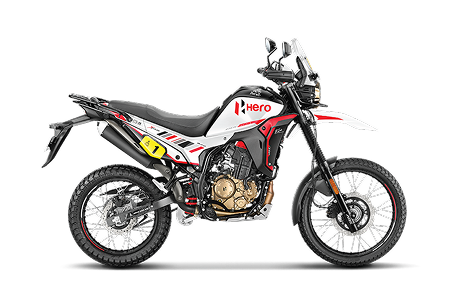
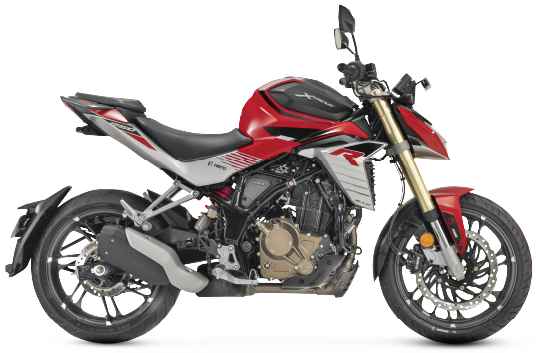
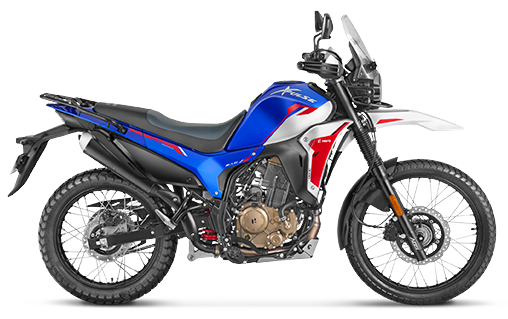
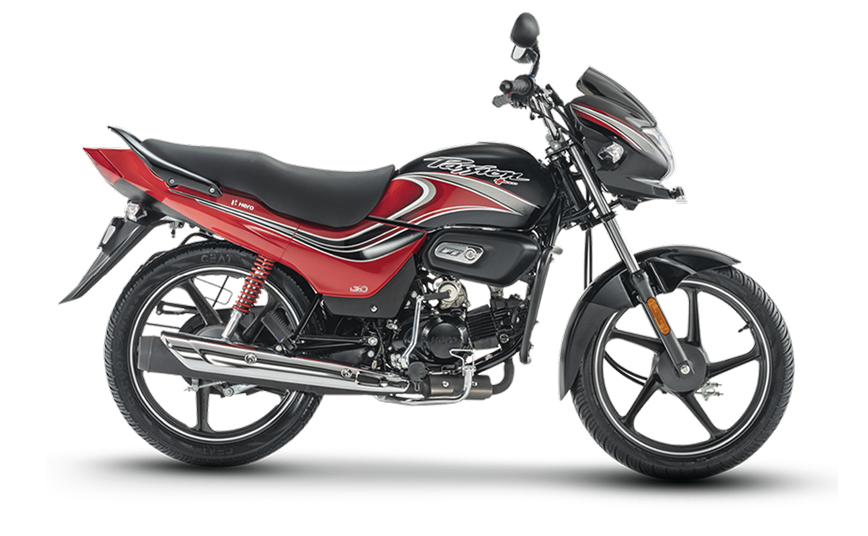

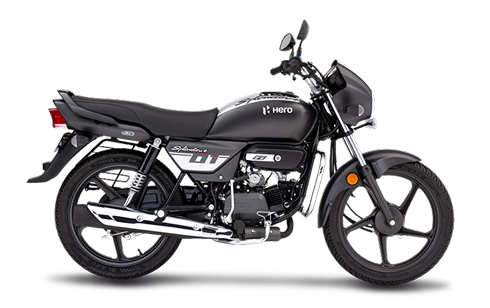
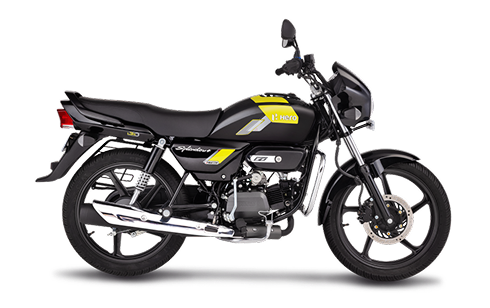
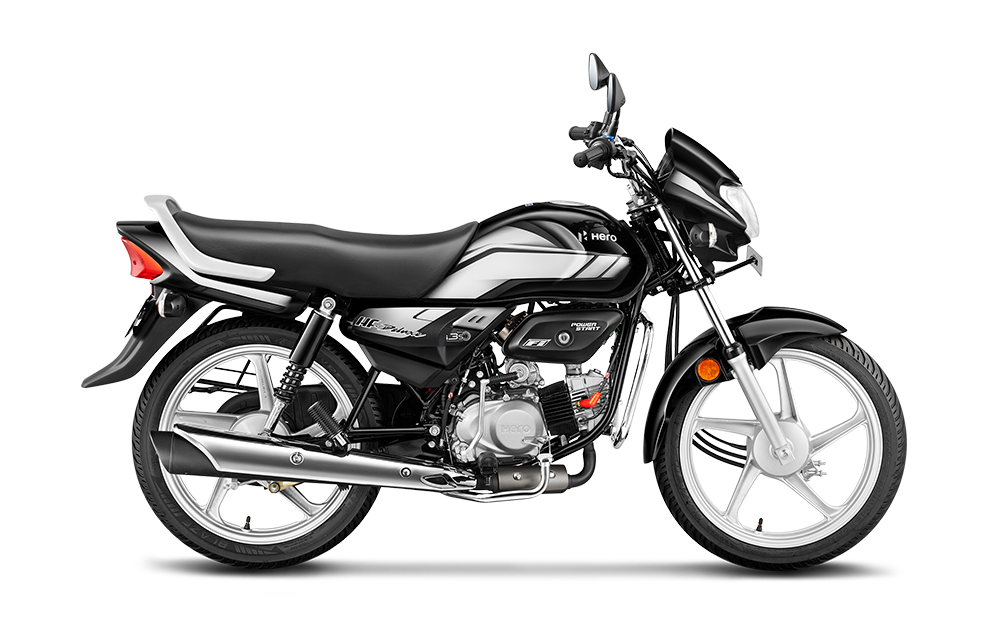

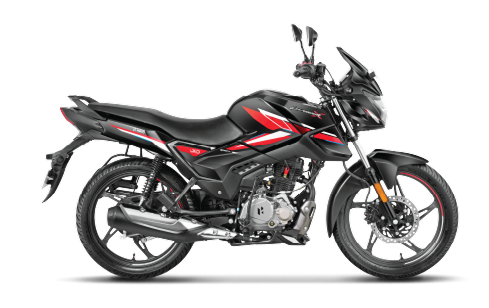
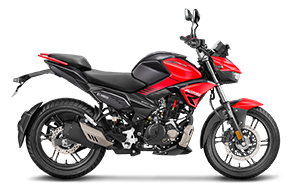
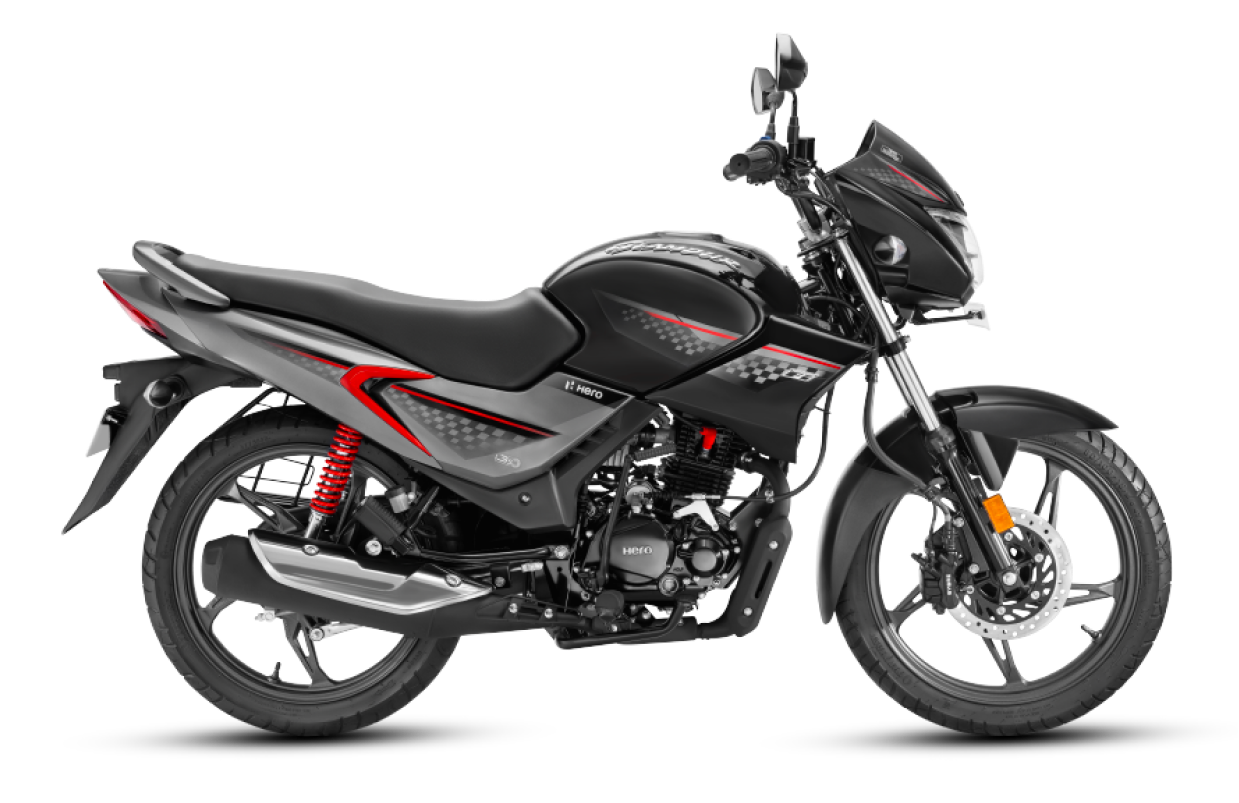

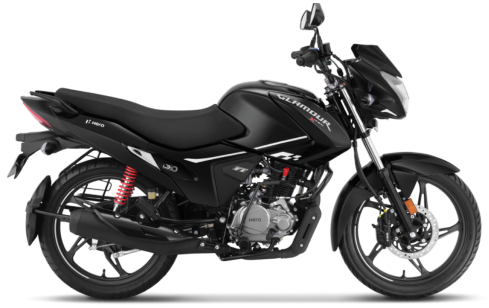

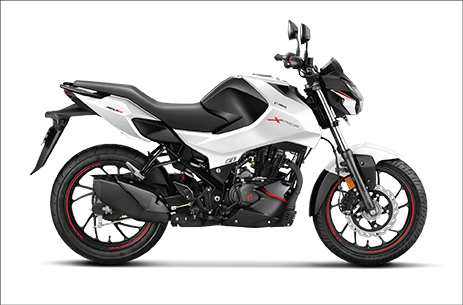
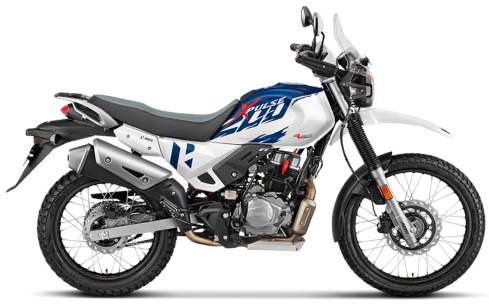
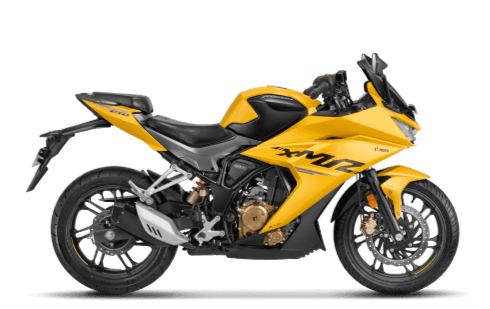
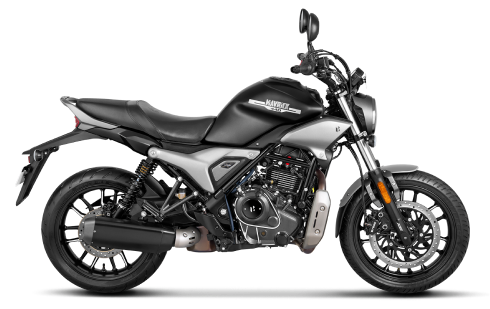
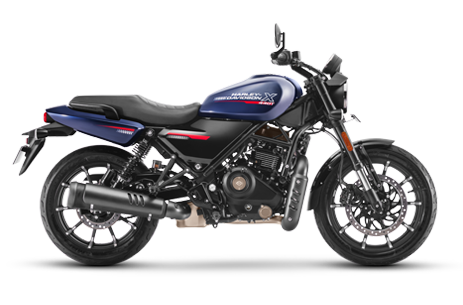
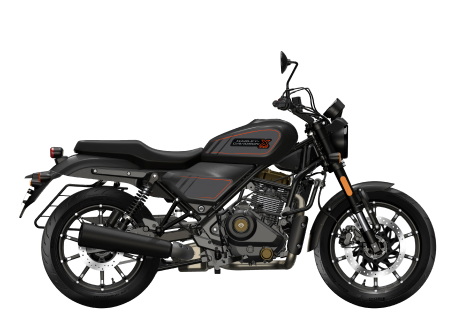
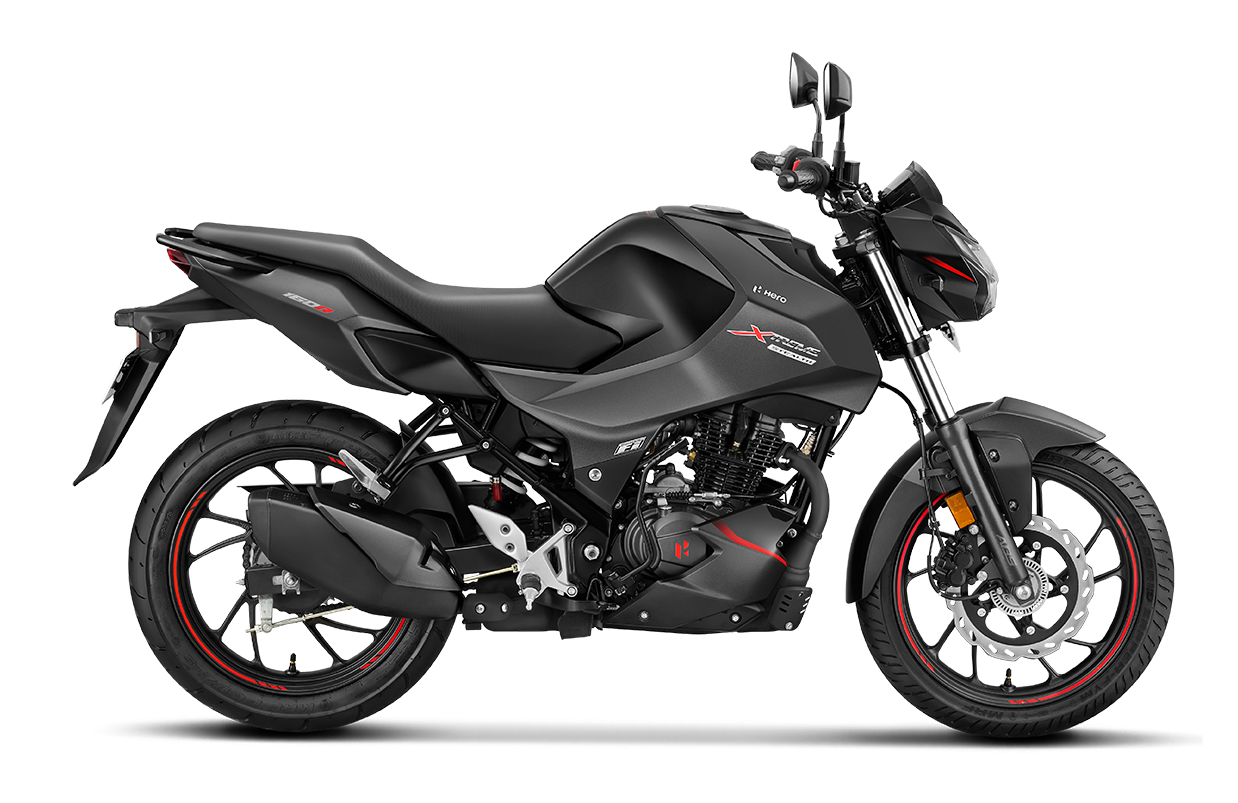

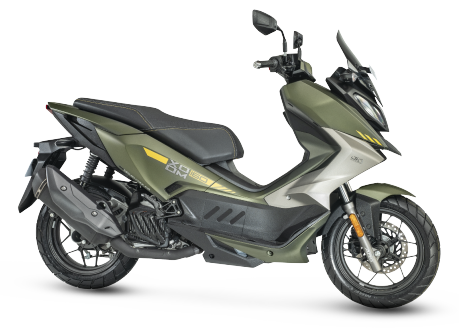
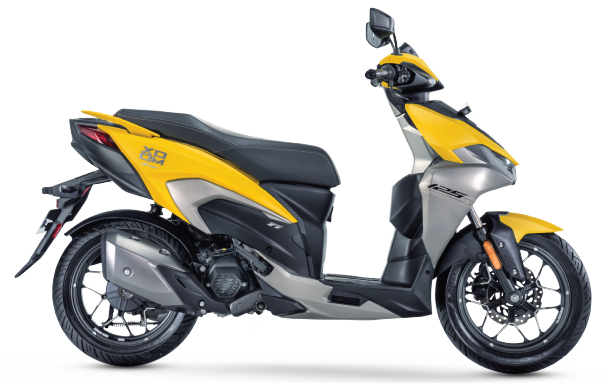
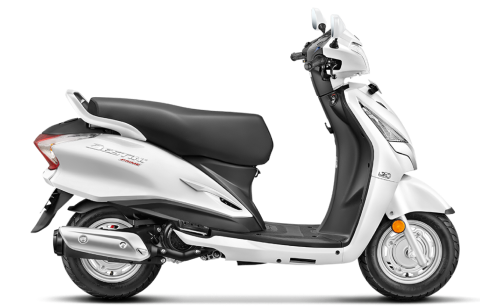
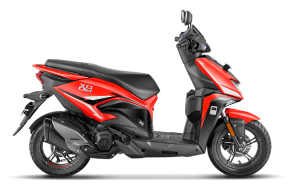
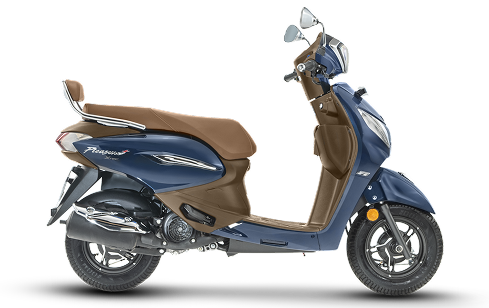
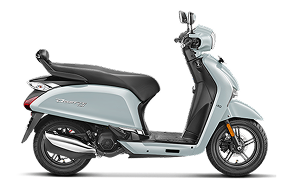
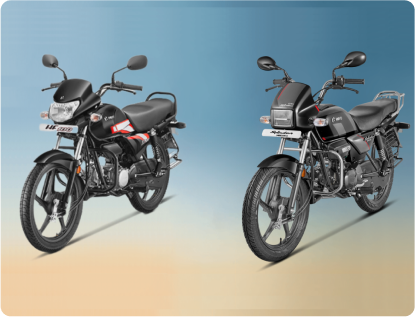
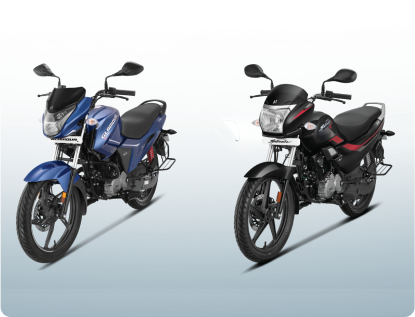
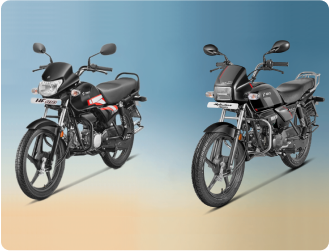
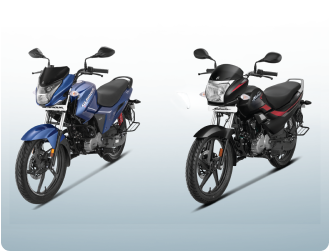
 Angola
Angola
 Argentina
Argentina
 Bangladesh
Bangladesh
 Bolivia
Bolivia
 Colombia
Colombia
 Costa Rica
Costa Rica
 Dominican Republic
Dominican Republic
 DRC
DRC
 Ecuador
Ecuador
 El Salvador
El Salvador
 Ethiopia
Ethiopia
 France
France
 GCC
GCC
 Great Britain
Great Britain
 Guatemala
Guatemala
 Guinea
Guinea
 Guyana
Guyana
 Haiti
Haiti
 Honduras
Honduras
 Italy
Italy
 Kenya
Kenya
 Madagascar
Madagascar
 Mexico
Mexico
 Myanmar
Myanmar
 Nepal
Nepal
 Nicaragua
Nicaragua
 Nigeria
Nigeria
 Panama
Panama
 Peru
Peru
 Philippines
Philippines
 South Africa
South Africa
 Spain
Spain
 Sri Lanka
Sri Lanka
 Tanzania
Tanzania
 Trinidad
Trinidad
 Turkey
Turkey
 Uganda
Uganda
 Zambia
Zambia


